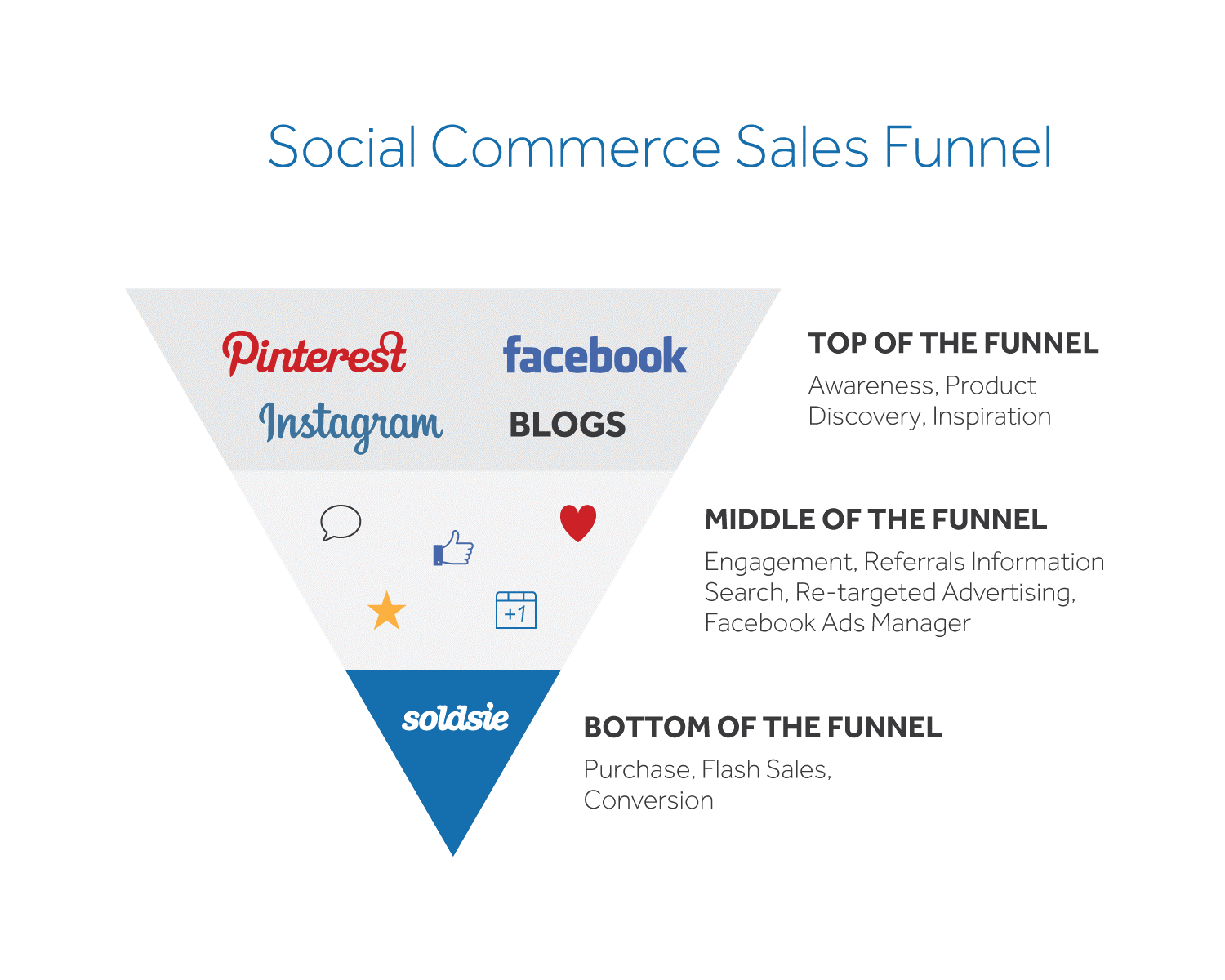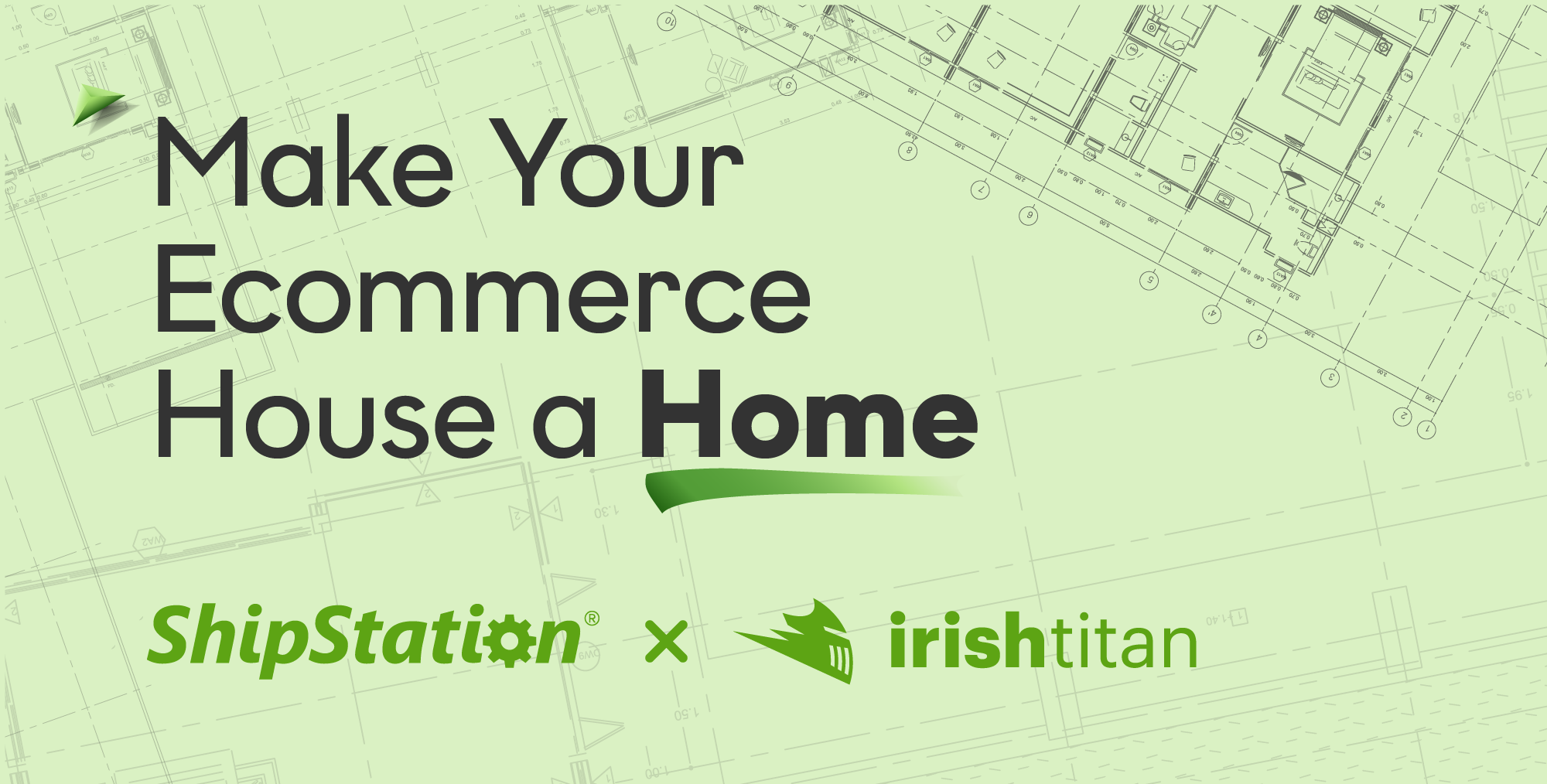What is Social Commerce?
This post is contributed by Kate Talbot, Marketing Lead at Soldsie, a social-selling platform that enables retailers to sell their items over social channels like Facebook and Instagram.
Online sales are essential to the success of most businesses today. In fact, one of the newest modes of consumerism is known as social commerce, which is the convergence of eCommerce and varying social aspects of online media.
With a rapidly growing consumer audience who is online and using social media, vendors are following suit by making their online shopping process more social as well. This can include anything from user ratings and reviews to social shopping tools and apps, to social communities and forums. All these elements are focused around a business’s products and services, and using the social element to build trust with potential customers and make sales.
Social Commerce 101
Social commerce is a rapidly expanding consumer-driven marketing and sales methods to improve business ratings and profit margins. It utilizes the inherently social nature of people, and the shopping experience, to give vendors more insight.
7 Forms of Social Commerce
- Social Shopping – These sites offer chats and forums designed to imitate shopping with friends. GoTryitOn is one example that offers these functions.
- Peer to Peer – Peer to peer is when individuals communicate with and sell directly to one another. Etsy is representative of this form.
- Participatory Commerce – This type of commerce allows users to create, fund, design and be actively involved in the production of merchandise. Kickstarter rocks the house in this arena.
- Social Network Driven – With the help of 3rd party tools like Soldsie, you can sell directly to your friends and fans through social media sites. Here’s where social networks like Facebook and Instagram come in.
- User Curated – These sites allow consumers to create lists of products to help each other shop. The Fancy is one such venue.
- Group Buying – Sites like Groupon or Living Social provide discounted products in exchange for mass purchases.
- Peer Recommendations – These sites include purchase recommendations and user reviews to initiate additional sales. Amazon is a good example of a site that includes peer recommendations.
How Social Commerce Works
The typical eCommerce model focuses on a straightforward, one-way relationship where the customer is directed to an online store to make a purchase. However, social commerce takes a different approach. It creates a collaborative and participative environment between both the consumer and online store, allowing for a more social and tailored shopping experience. Here’s how social commerce works with the sales funnel:

- It works with consumer’s longer term, through a sales funnel. The funnel creates a top down goal: product exposure, identifying interest, additional advertising, time-sensitive deals, etc.
- It’s not directly transactional, it’s not short term, and it is not direct response. It is about building a relationship that gives the shopper more than a click-to-buy experience.
- The purpose is to learn what consumers are interested in and match those desires in a way that is perceived as helpful.
- It provides customers with real life data from others. This helps them analyze if a product is valuable.
The Benefits of Social Commerce
There are a number of benefits to utilizing social commerce to help your business succeed. Here are just a few:
- It builds loyal customer relationships.
- It institutes a brand reputation online.
- It creates lower return rates.
- It makes monitoring customer feedback less complicated.
- It’s great for SEO.
- It provides product and brand data for business decisions.





